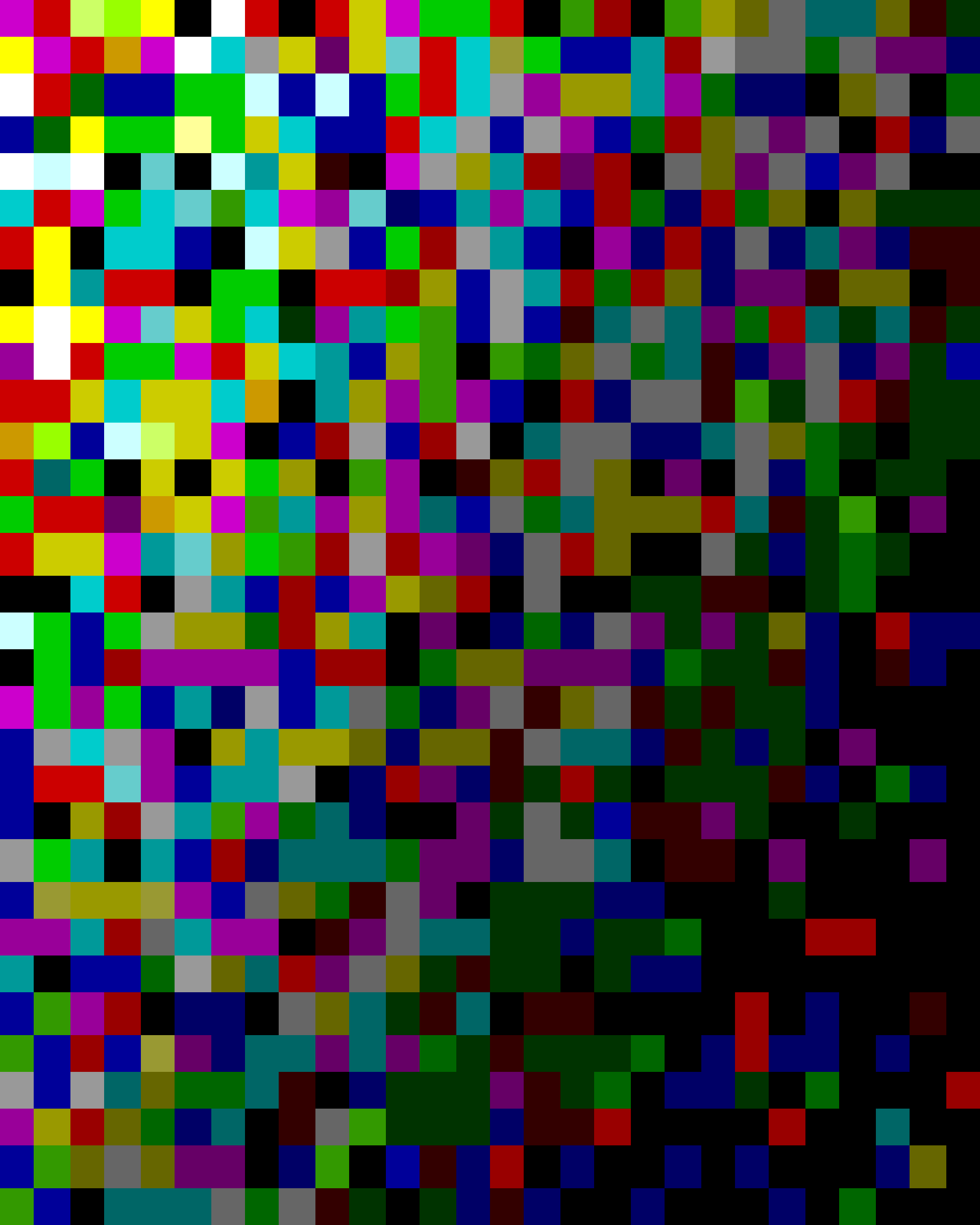The Photograph at The End of Stanley Kubrick's THE SHINING Explained by Screenwriter
We recently shared some interesting information regarding Stanely Kubrick's The Shining in which we learned some of the original alternate endings that were explored by the director and his creative team.
The other versions of the ending included Wendy killing Jack, Jack killing Danny, and even one in which Dick Hallorann was one of the real villains of the story. One thing it was all leading up to, though, was the photograph on the wall in which we see Jack Nicholson's Jack Torrance hosting a the Fourth of July Ball.
Screenwriter Diane Johnson said that the "photograph was always in the ending." So what is the explanation of the photo and why Jack is in it? She explains:
"There is an explanation for the photo, though it’s a bit strange and paradoxical because it’s both real and unreal — the idea that Jack was always at the hotel in some earlier incarnation. Jack had somehow been the creature of the hotel through reincarnation. At the same time, we’re meant to experience it “in the now.” There’s no way of resolving that, it’s meant to be magical."
There are a lot of things in the film that don't really make sense and they raise questions, but all of those unexplainable things are answered in the excuse that the film tells a supernatural story with magical elements. Screenwriter Jan Harlan tells EW:
"The tennis ball is the same thing as the photograph — it’s unexplainable. It makes Ullman now another ghost element. Was he the ghost from the very beginning? The film is complex enough because nothing is explained. That non-explaining is what was bad for the film initially. It was not a huge success. Now everybody thinks it’s the best horror film ever or whatever. But when it came out the audience expected a horror film with a resolution, with an explanation. Who is the baddie? What was going on? And they were disappointed — many of them, anyway. The fact they were left puzzled was exactly what Stanley Kubrick wanted... But Stanley was actually very sad that he misread the audience, that he trusted the audience to live with puzzles and no answers, and that they didn’t like it."
A lot of these questions and concerns were brought up by crew members during the production of the film, and when they would ask Kubrick to explain he would basically just tell them it's "a ghost film." Harlan explains:
"Very often crew members asked him, 'Can you explain that to me?' And he said, 'I never explain anything, I don’t understand it myself. It’s a ghost film!' You can’t imagine how much fuss was made over the big golden ballroom and the big lobby and huge windows that could never have fit into the hotel [based on the] establishing shot from outside. Any child can see that. And Stanley’s explanation was, 'It’s a ghost film! Forget it!' … It’s not a movie with a serious message. I know many people think its impossible that Kubrick did a film which didn’t have serious messages and an enormous amount of [theories have been] invented. While he was alive all that was relatively quiet. After his death, these [theories] came out which were funny, and partly insulting. The most insulting one is the idea that The Shining is a film about the Holocaust. That’s outrageous. That’s an insult to Kubrick, that he would deal with the most serious crime in human history in such a light way, and also an insult to victims of the Holocaust. The other ideas are much more harmless, where continuity mistakes are attributed with deep meaning."
Kubrick obviously had a method of madness when he was making The Shining and it worked. The Shining is considered one of the greatest psychological horror films ever made. I love the supernatural aspect of the film along with all the puzzles that don't have answers. That's what makes the film so fun to watch!
